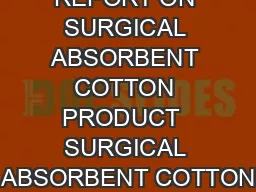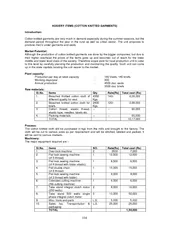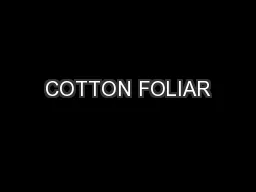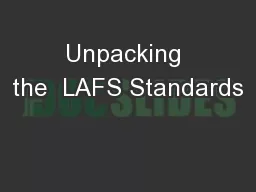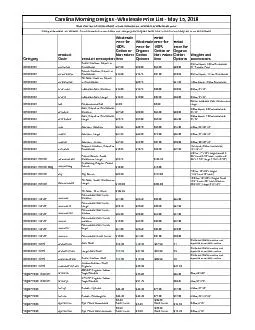PPT-UNPACKING THE COTTON GROWERS’ RESPONSIBILITIES,CHALLENGES AND EXPECTATIONS
Author : nephewhers | Published Date : 2020-06-26
PRESENTER JEREMIAH TEVERA Federation of Farmers Unions FoFU the XIV Meeting of the Southern and Eastern Cotton Forum Harare Zimbabwe 4 th July 2018 Background
Presentation Embed Code
Download Presentation
Download Presentation The PPT/PDF document "UNPACKING THE COTTON GROWERS’ RESPONSI..." is the property of its rightful owner. Permission is granted to download and print the materials on this website for personal, non-commercial use only, and to display it on your personal computer provided you do not modify the materials and that you retain all copyright notices contained in the materials. By downloading content from our website, you accept the terms of this agreement.
UNPACKING THE COTTON GROWERS’ RESPONSIBILITIES,CHALLENGES AND EXPECTATIONS: Transcript
Download Rules Of Document
"UNPACKING THE COTTON GROWERS’ RESPONSIBILITIES,CHALLENGES AND EXPECTATIONS"The content belongs to its owner. You may download and print it for personal use, without modification, and keep all copyright notices. By downloading, you agree to these terms.
Related Documents


